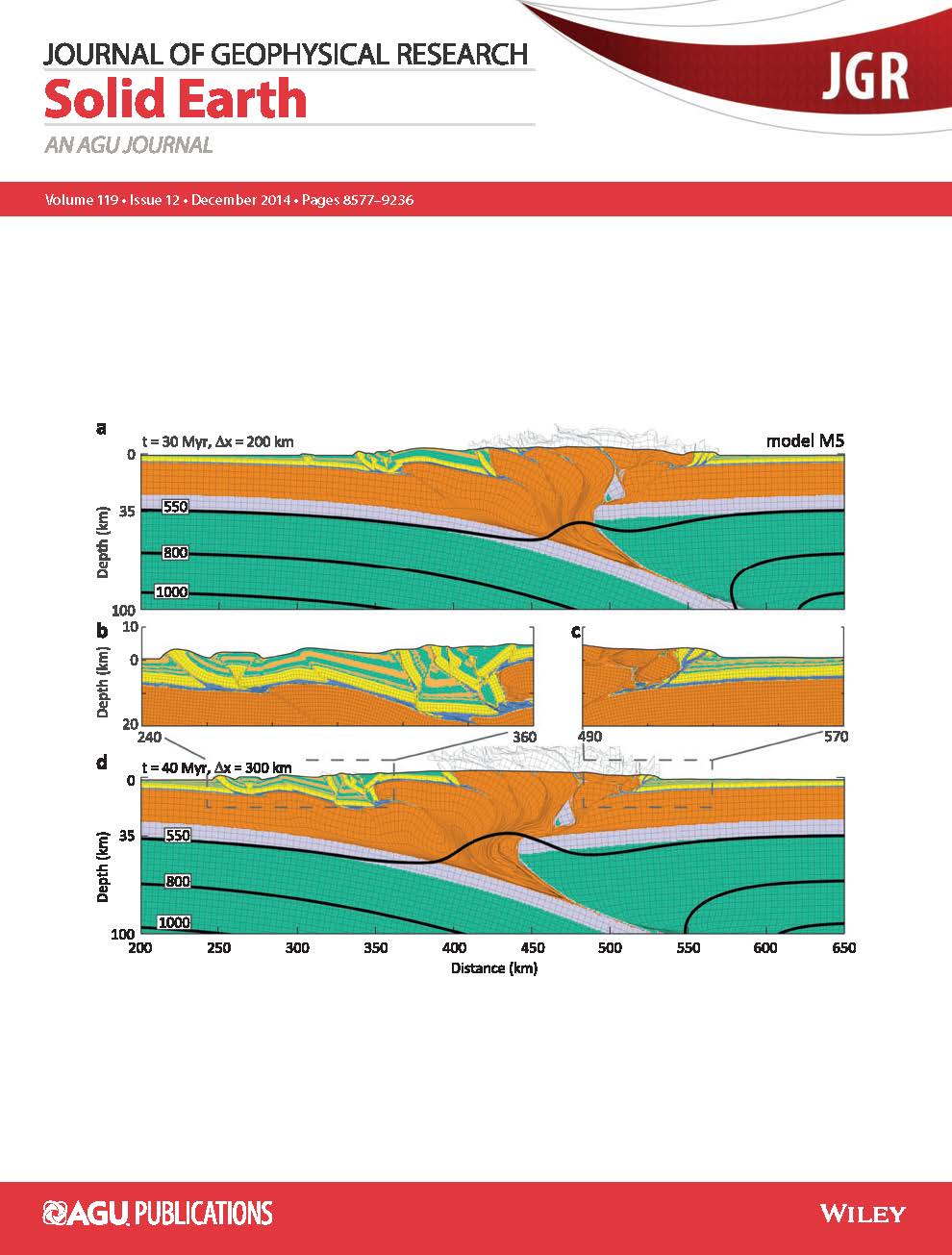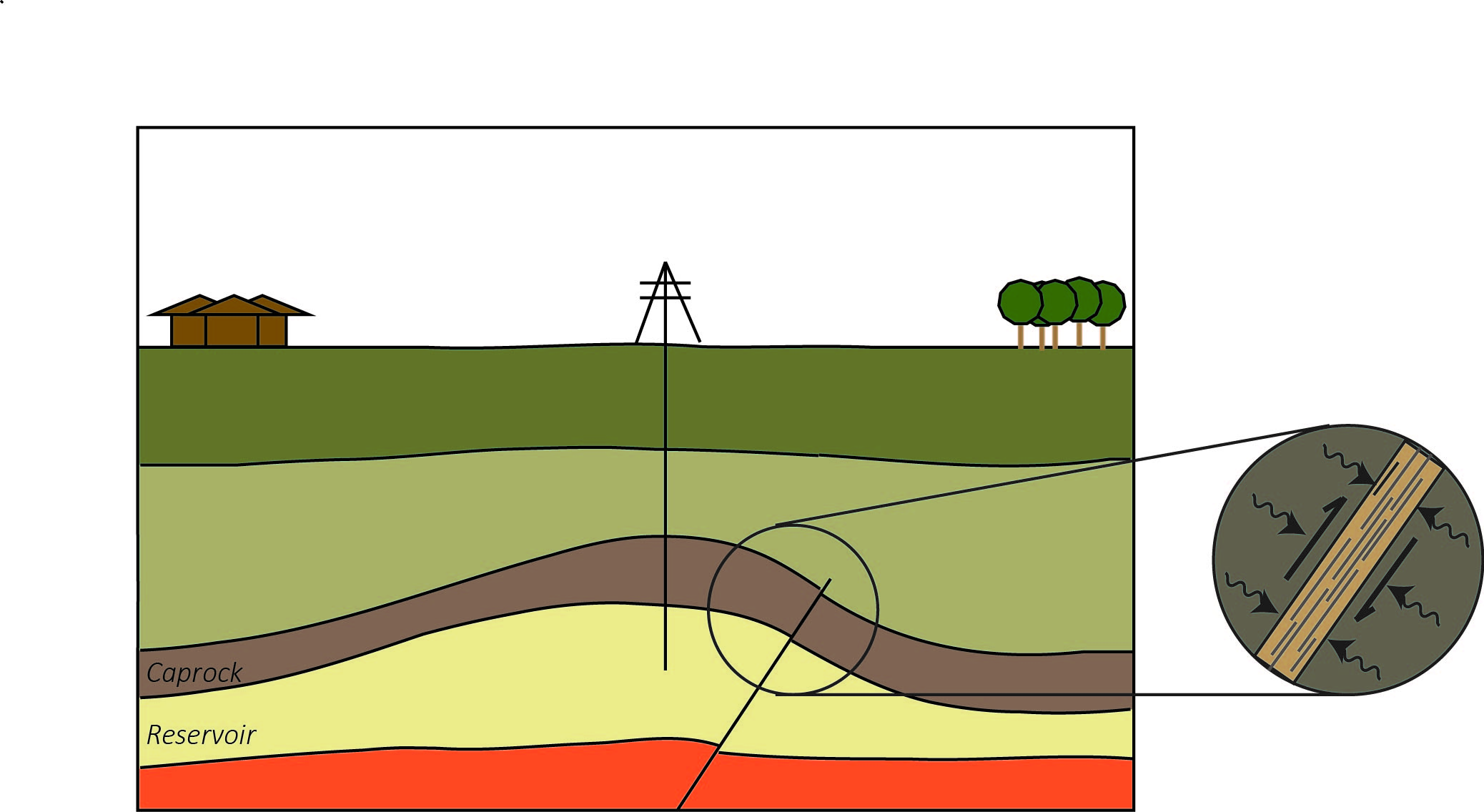Words on Wednesday aims at promoting interesting/fun/exciting publications on topics related to Energy, Resources and the Environment. If you would like to be featured on WoW, please send us a link of the paper, or your own post, at ERE.Matters@gmail.com.
***
Pluymakers, A. M. H., J. E. Samuelson, A. R. Niemeijer, and C. J. Spiers (2014), Effects of temperature and CO2 on the frictional behavior of simulated anhydrite fault rock, J. Geophys. Res. Solid Earth, 119, 8728–8747, doi:10.1002/2014JB011575
Depleted oil and gas reservoirs form attractive CO2-storage sites, where prerequisites to efficient and safe CO2-storage include no leakage and no (additional) seismicity. It is thus of importance to understand the possible effects of CO2 not only on the geomechanical behavior of the reservoir- and caprock, but also of the crosscutting faults. Many of these potential storage reservoirs are topped by anhydrite caprocks (CaSO4), and thus reservoir-bounding faults are likely to contain anhydrite-derived damage material, or ‘fault gouge’. To better understand the frictional properties of anhydrite fault gouges, we have performed friction experiments on simulated anhydrite fault gouges, including effects of short-term CO2 exposure. Our main research questions were:
- How easy or how difficult is it to initiate movement within anhydrite fault gouges, i.e. how strong are they? What is the effect of CO2?
- Does anhydrite fault gouge show the potential to nucleate earthquakes (‘seismogenic potential’) at CO2-storage conditions? What is the effect of CO2?
In these experiments the samples were under a pressure and temperature similar to those at 2-4 km depth. This means an effective normal stress of 25 MPa and temperatures between 80 and 150°C. We also used different pore fluids, namely lab air, water, CO2 and CO2-saturated water. For those experiments that contained a pore fluid, the fluid pressure was 15 MPa, so the CO2 was in its supercritical phase.
Our results indicate that at these conditions, anhydrite exhibits a friction coefficient of 0.5 to 0.7, i.e. a friction coefficient typical for most rocks. However, it is important to note that the weakest samples were those containing CO2-saturated water. To avoid fault reactivation, this small (up to 15%) weakening effect should be taken into account when determining the maximum allowable injection rates and pressures into a reservoir. Furthermore, with respect to the possibility of earthquake nucleation, these results show that the presence of supercritical CO2 does not influence seismogenic potential. Only dry gouges are capable of nucleating earthquakes, and at this pressure, this only occurs at temperatures exceeding 120°C. Such high temperatures are in most areas only expected at depths exceeding 4 km, i.e. deeper than most targeted CO2 storage reservoirs. Within the investigated temperature-range, gouges that contain water (with or without CO2) exhibit very little seismogenic potential.
This research has been performed at the HPT lab of Utrecht University, the Netherlands, within the framework of CATO-2, the Dutch research program of CO2 capture, transport and storage. It has been shown as a poster presentation at EGU 2013, in the ERE division, and has been published in December 2014 in the Journal of Geophysical Research – Solid Earth.



